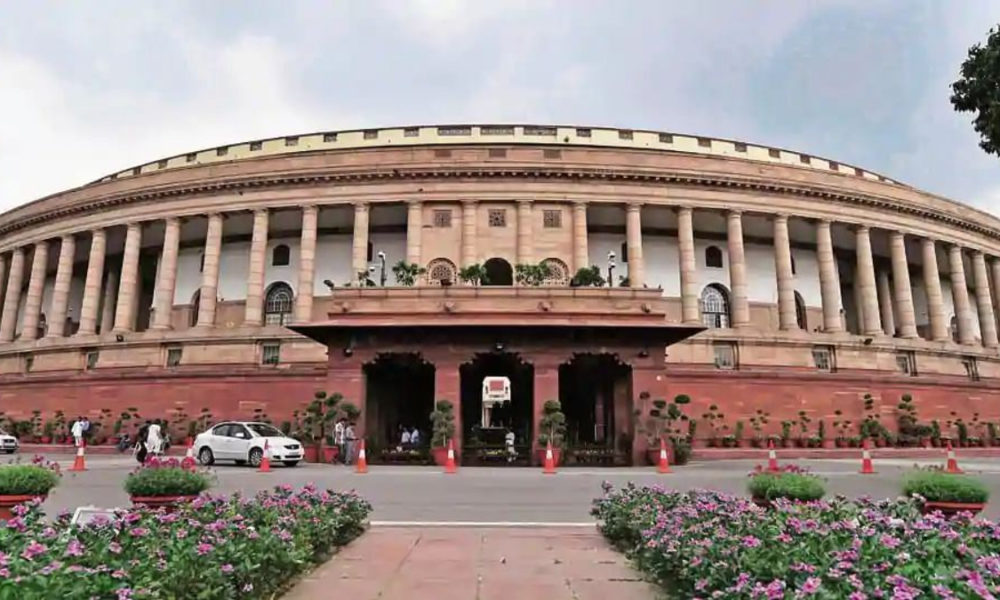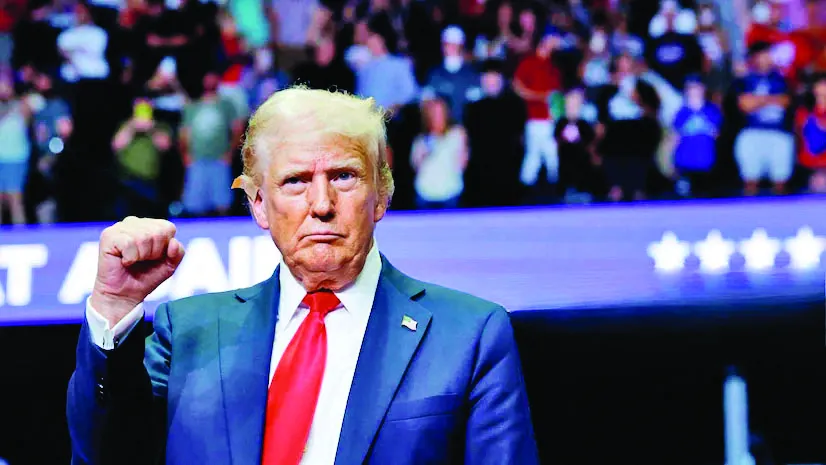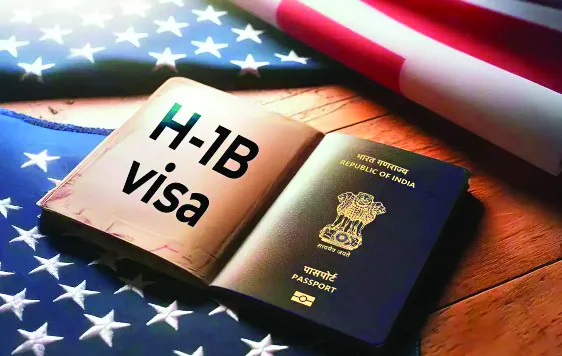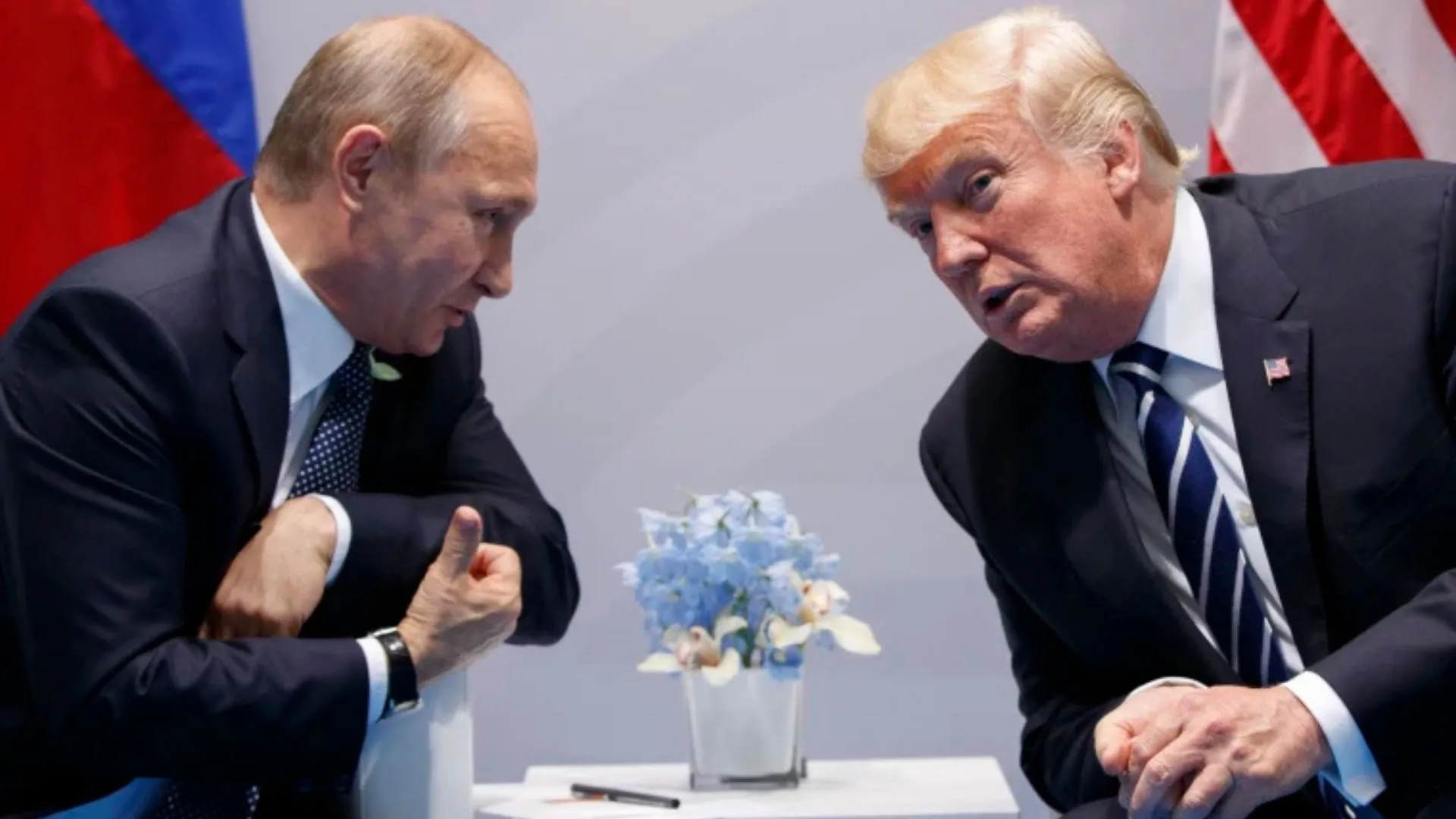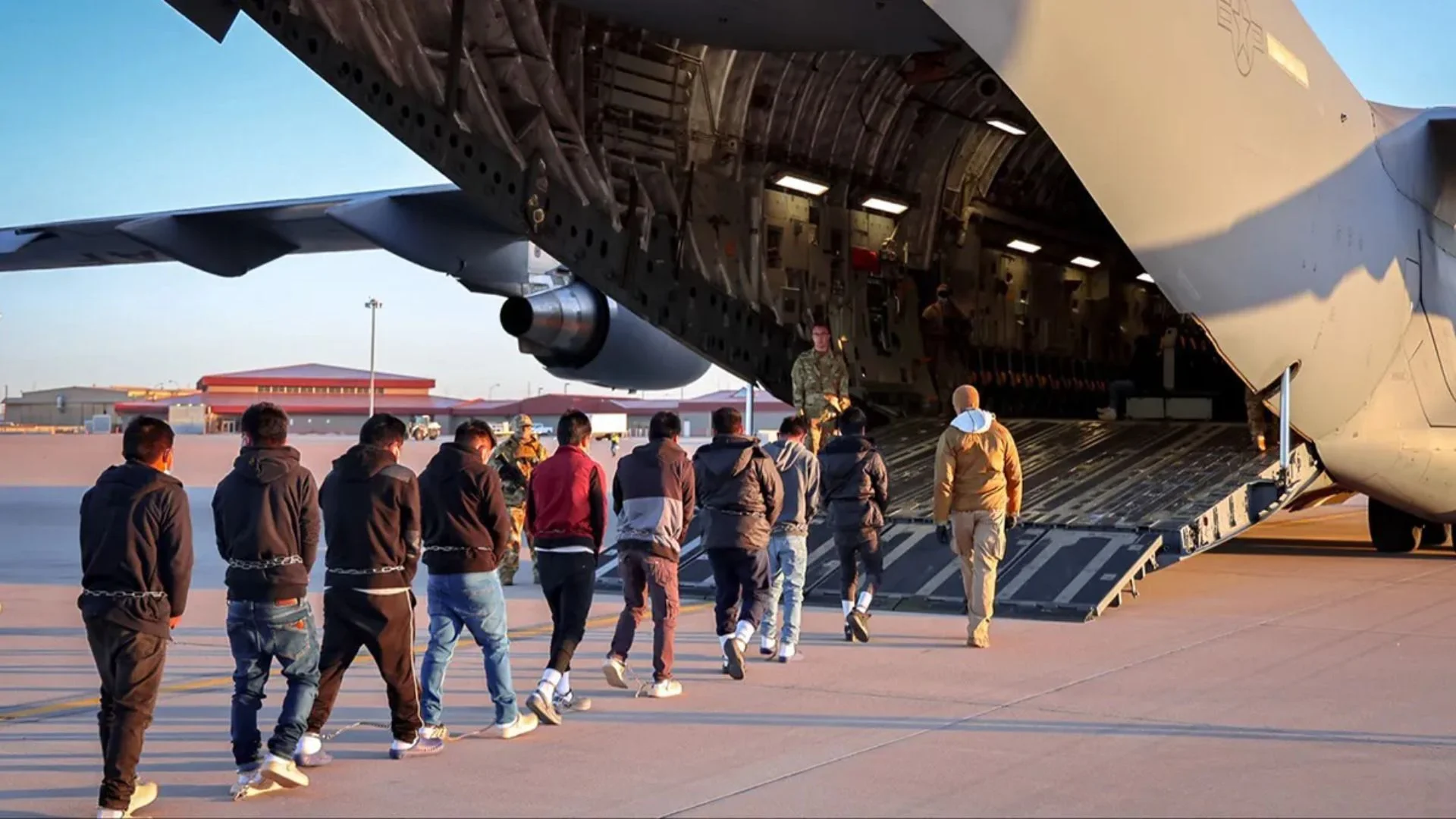A new triangle-shaped Parliament building lies at the heart of Modi government’s dream project to redesign the Central Vista in the national capital. Since transparency is not a forte of the redevelopment project, its particulars are not reliably known. There is neither any official website, nor any brochure published by Ministry of Housing and Urban Affairs containing authentic details. Even the Parliament Questions on the subject elicited only vague replies. This is possibly because its details are still being worked out as Dr Bimal Patel, the chief architect of the project, informed in a presentation before a select audience on 24 January 2020. The presentation titled “Transforming Central Vista, New Delhi” has since then been hosted on YouTube by CEPT University through its official handle.
The project envisages concentration of “all offices of Central Government Secretariat at one place and improve the Central Vista as a world class public place” (Vide reply to Lok Sabha Unstarred Question No.762 February 6, 2020). Whether a tighter integration of legislature and executive is desirable from symbolic and strategic points of view is a matter of opinion. Dr Patel, in his presentation and interviews, says that the future expansion (of membership) of the House of People (Lok Sabha) is the principal reason behind commissioning a new Parliament building. The planned building would have a sitting capacity of more than one thousand members of the Lok Sabha. The Lok Sabha is likely to be enlarged, in accordance with Article 82 of the Constitution, after the moratorium extended by the Constitution (Eighty Fourth) Amendment Act, 2001 ceases in effect.
The Article 82 entails that the legislative map of India should be redrawn every 10 years based on the result of the decennial Censuses. Since the population of India, on the whole, would increase, the total number of seats would follow suit. However, the relative strengths of states in the House might change every 10 years. In the First Lok Sabha there were 401 parliamentary constituencies, representing 26 Indian states. However, there being some multi-member constituencies the number of elected members were 489. By Sixth Lok Sabha (1977-80), the number of seats has gone up to 542 representing as many constituencies. Thereafter the temporary freeze came into effect with the enforcement of the Constitution (Forty Second) Amendment Act, 1976. There was an increase of a lone elected seat in Eighth Lok Sabha (1984-89), after which there had been a status quo.
As the freeze was about to expire with Census, 2001 the then Vajpayee government responded by enacting the Constitution (Eighty Fourth) Amendment Act, 2001. This legislation extended the moratorium till such times as the results of the first Census taken after the year 2026 were published.
What forced the hands of Vajpayee government was the opinion divide across the Vindhyas. The northern states were perceived to gain seats at the cost of southern states due to their divergent responses to family planning. It was dilemmatic whether the southern states should be penalised for following family planning norms, and northern states rewarded for flouting them. The 84th amendment defused the immediate crisis. There is, however, no reason to believe that it would not resurface whenever the exercise to expand the Lok Sabha is renewed. States obeying family planning norms would be penalised and those ignoring them rewarded. Hence the proportion of seats between states may need to remain constant in accordance with the federal principle.
Any expansion of the Lok Sabha, undertaken after 50 years, might push its membership in the neighbourhood of one thousand. Former President Pranab Mukherjee had actually proposed raising the membership to one thousand at a public event last December. It is true that India’s population has approximately doubled from 68.4 crore (excluding Assam) in 1981 Census to an estimated 137 crore in 2019, whereas the number of seats in the Lok Sabha has remained fixed. In first Lok Sabha, an average MP (LS) represented 7.26 lakh of Indian citizens (1951 Census found population of India to be 36.10 crore and seats in House were 497). In the current 17th Lok Sabha, an average MP (LS) represents 22.29 lakh of Indian citizens (2011 Census put India’s population at 121 crore, whereas the elected seats in the House are 543).
The cost of maintaining one thousand MPs could be prohibitive. Whether the cost of conducting and fighting elections will also escalate is speculative. No doubt, the number of official party candidates will shoot up. However, an increase in the number of LS constituencies will not automatically lead to an increase in the number of aggregate electors or increased requirement of EVM-VVPATs, etc.
The problem the resultant Lok Sabha will face is one of time management. Much thought will need to be directed at managing the enlarged House both in times of order and otherwise. Parliament currently remains in session, non-continuously, for three and half months during a calendar year. Imagine the increased requirement of time to accommodate members of a new Lok Sabha in Question Hour/Short duration discussion/Budget discussion/Passage of Bills/Raising Matters of Public Importance/Calling Attention Motion/Private Members Bills/Issues Raised during Zero Hour, etc. The sessions might extend to five, if not six, months, preventing MPs from attending their own constituencies. The new members, if they had been elected, could not be stopped from participating in the proceedings. At present time restrictions are strictly adhered to only in the matter of Question Hour and Issues Raised under Rule 377. Otherwise whether it is short duration discussion, or passage of a bill, time limits are honoured more in the breach than in observation. In the two last mentioned items time is allocated to political parties rather to individual members. However, long lists of members that parties submit to the Speaker’s office, is like making a tent out of handkerchief. The load on the staff-deficient ministries and departments will also rise due to increased number of Parliament Questions, which are to be replied within 15 days.
An MP (LS) represents people of the constituency as a whole, not any specific collection of individuals. He/ she should pitch in for policies and programmes that benefit the constituency in entirety. Therefore, it is arguable whether number of MPs should increase because population has increased. It might actually lead to more taxation on the masses. There is, therefore, a strong case to make the freeze on standing strength of the Lok Sabha permanent.
The writer is an author and independent researcher based in New Delhi. The views expressed herein are his personal.

